Reviewing the Tamron 70-210mm F4 Di VC USD
Photographers love talking about lenses. I mean, a lot. We love comparing aberrations, contrast and color, focus speeds and of course that end-all-be-all optical prize… sharpness.
When the conversation turns to telephoto lenses the waters get a little murky and more times than not the overall attitude from most shooters comes down to finding the the zoom range they need while keeping the fastest maximum aperture possible… all while not needing to take out a fifteenth mortgage.
Up until about ten years ago, no not ten, more like five years ago the market for sharp and relatively speedy telephoto lenses was incredibly slim and overtly expensive. Today, we’re lucky to have a plethora of choices when it comes to our telephotos with quality fair exceeding their price points.
This brings me (finally) to the lens we’re discussing today; the Tamron 70-210mm F/4 Di VC USD.
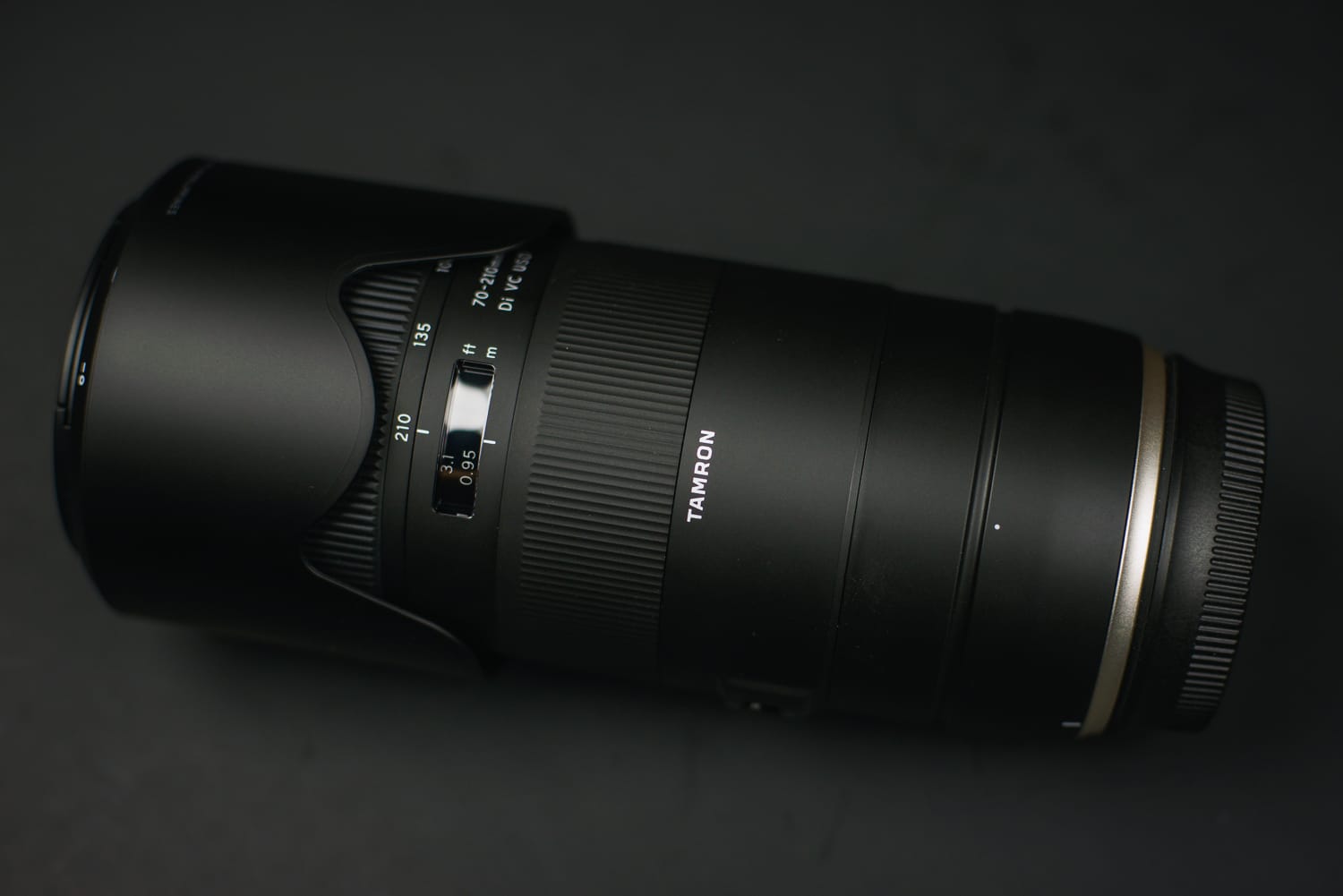
On paper, the 70-210mm F4 looks fantastic if for no reason than it’s compactness and lightweight appeal. Of course, paper is just paper, so let’s see how well the Tamrons new and affordable telephoto actually performs in the field. Which is really like a real-life version of paper…
Out of the box
Opening up the package from Tamron I was immediately struck by the smallness and “unclunckiness” of the lens. We’ll get more into the specs and build quality in just a second but the carry-ability of the 70-210 was immediately obvious right out of the box. The lines of the lens are beautiful and it carries the same minimal cleanliness of design that Tamron has been imparting to all their lenses of late.
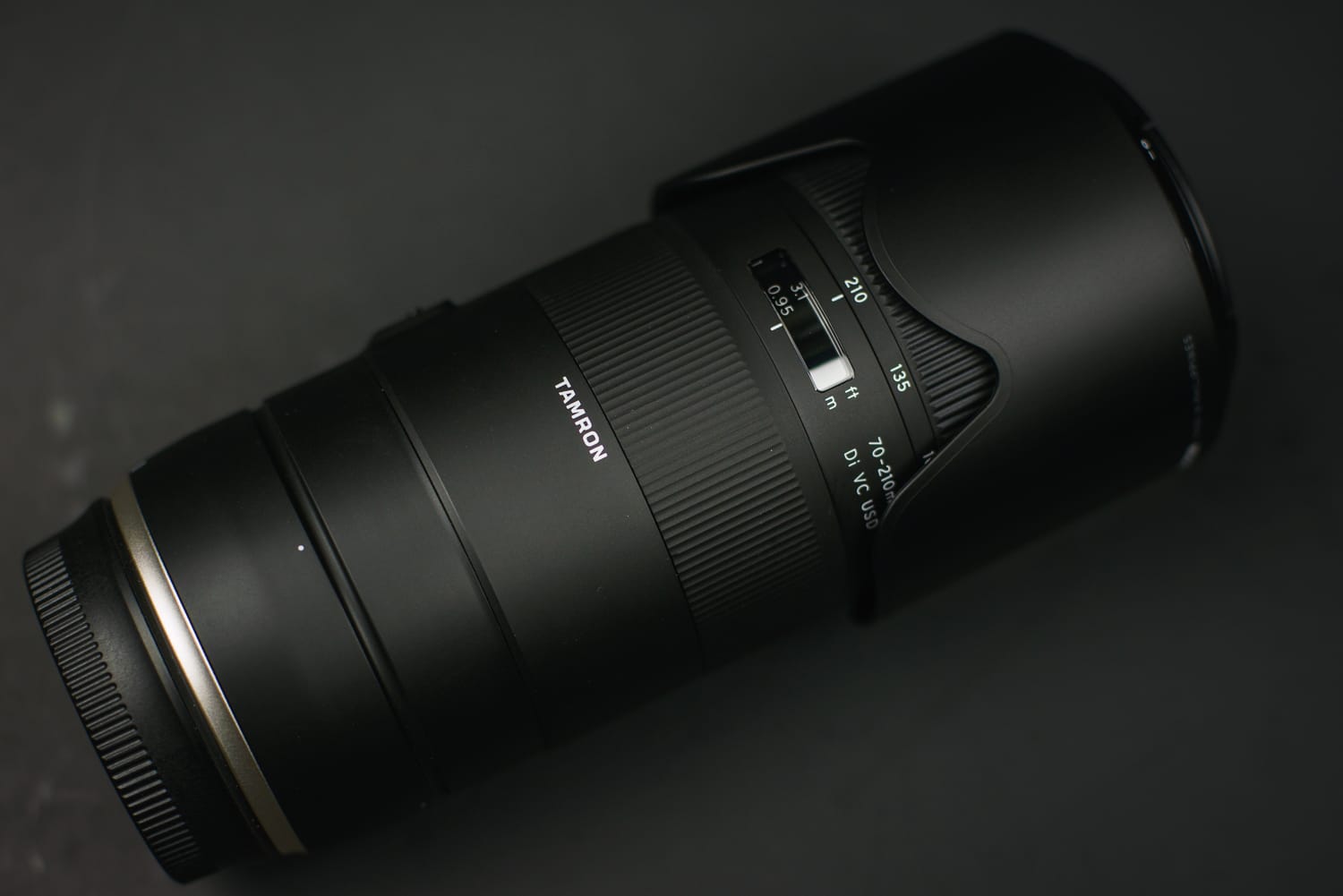
All the markings are well done and bright. The auto focus and VC (vibration compensation) switches are easily reachable and crisp. Both the focus and zoom rings are rubberized nicely and turn smoothly. A petal-style lens hood is included and I have to say it has one of the best fits, meaning extreme ease of on/off, than I have ever encountered. Yes, I really do love little things like that.

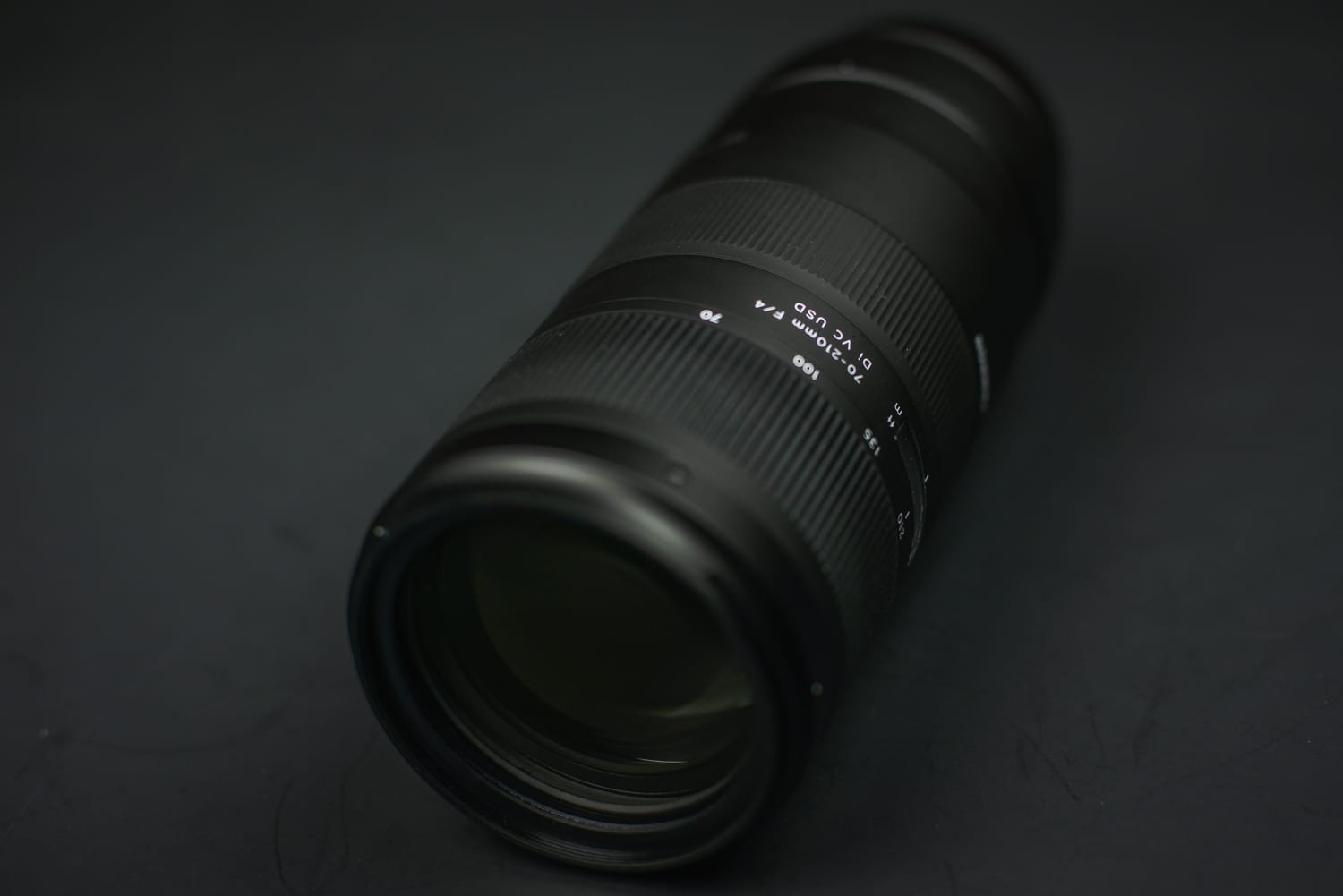
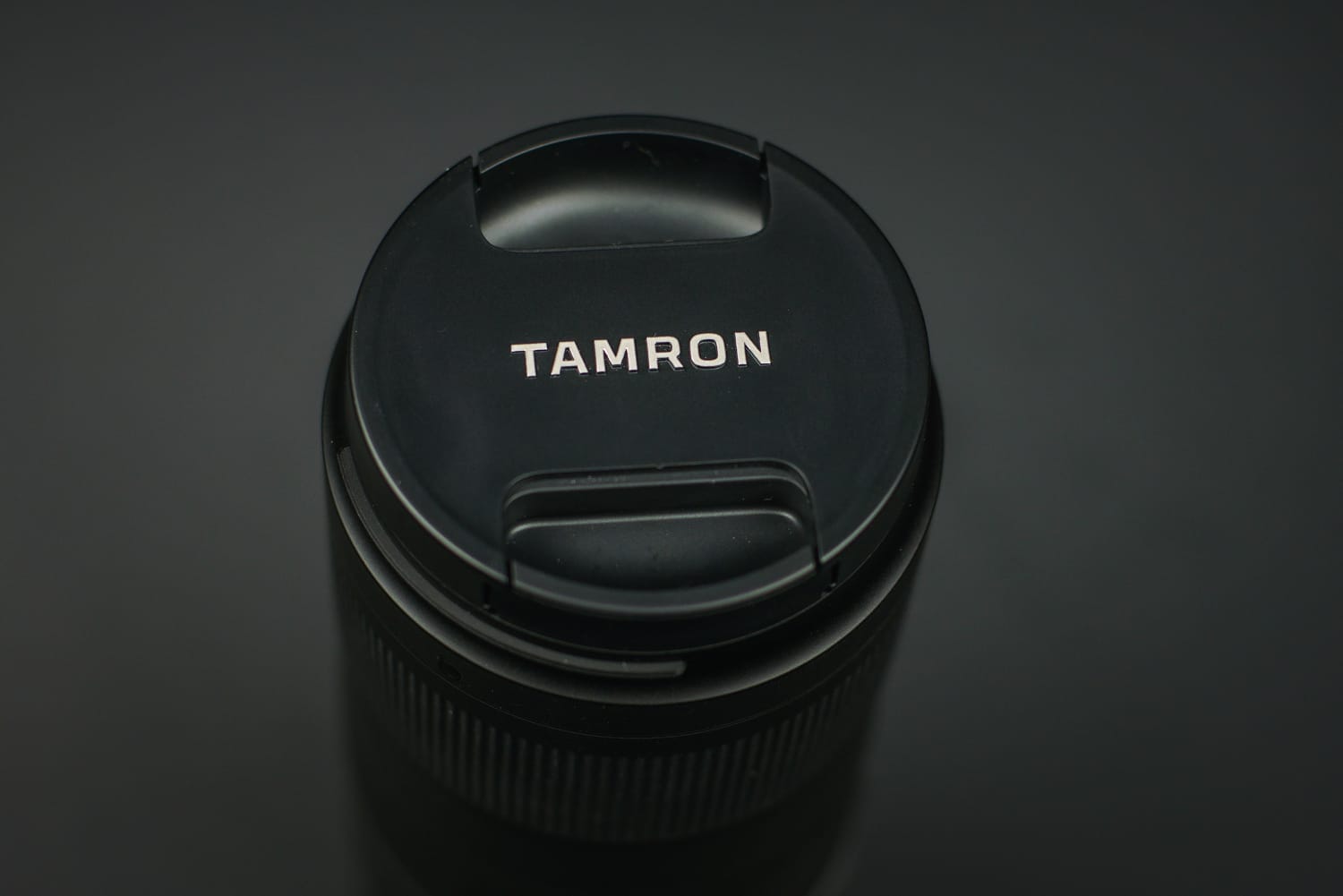
More and more it seems lens manufactures are opting exclude tripod collars on their newer telephoto lenses and the 70-210mm is no exception. Granted, the 70-210 isn’t as heavy or long as say their 100-400mm F4.5-6.3 so it doesn’t exert as much forward tilt on the camera mount. If you find yourself requiring a tripod collar you’ll be happy to know Tamron offers one as an optional accessory.
Build Quality
I mentioned before about how amazingly lightweight the 70-210mm F4 truly feels. As it turns out, it is in fact incredibly light for such a high zoom lens and weighs in at a mere 30.3oz (860g) in Canon mount and 30oz (850g) for the Nikon flavor. Compare this to Tamron’s 70-200mm F2.8 and the 70-210 F4 weights nearly a full pound less.

This low heft is in no way implying the lens feels flimsy or light-duty. Quite the opposite. The 70-210mm handles like a workhorse. It’s solid and surprisingly well balanced.
Here’s the full list of specifications courtesy of Tamron:
TABLE
Tamron has managed to squeeze in 20 elements into a lens barrel that is only 77mm in diameter and a stubby 6.9in (17.8cm) in length for the Canon version. This smaller diameter lends itself to, whether real or imaginary, a much easier handling of the lens.
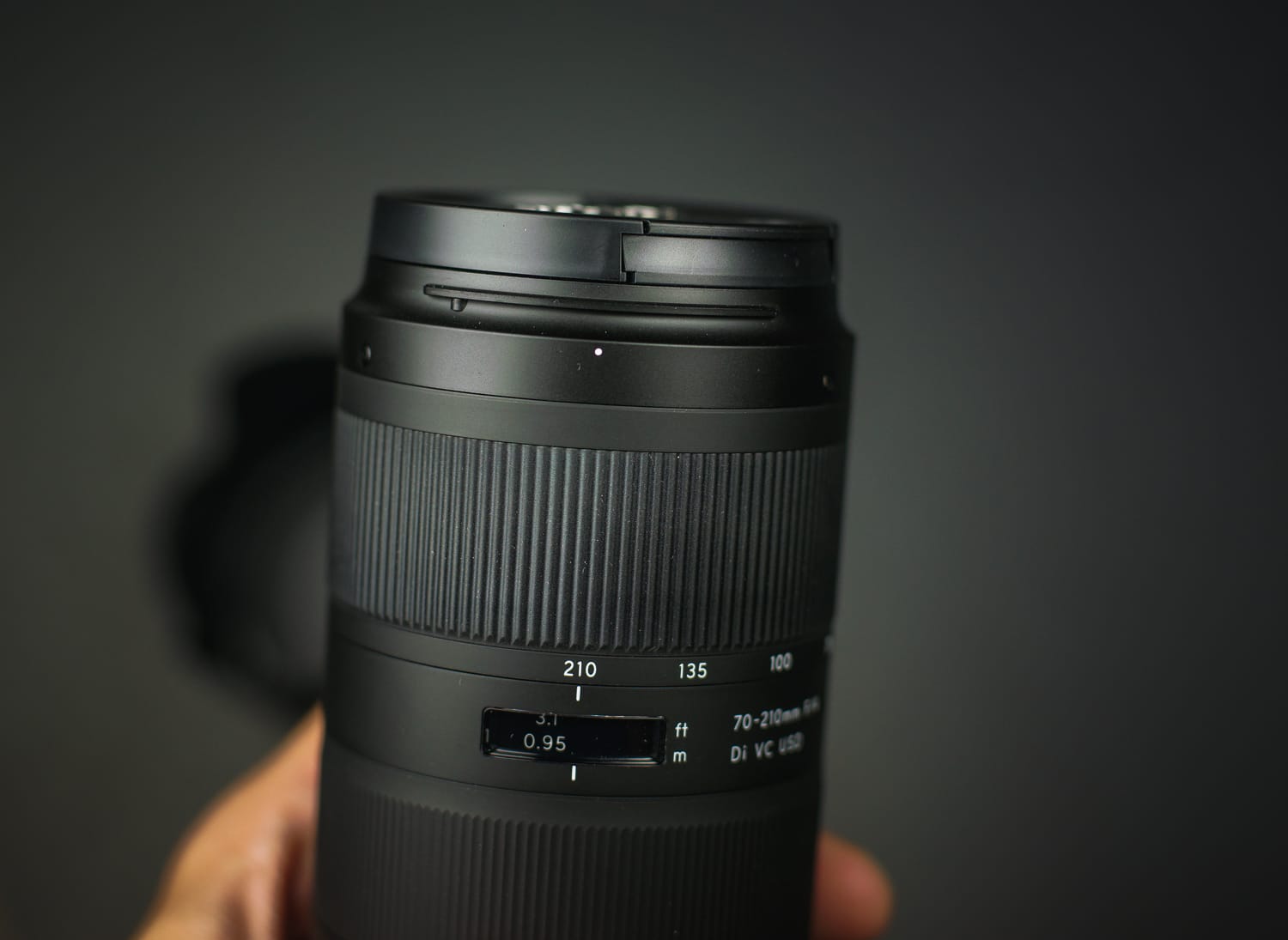
What’s more, the 70-210mm is an internal zoom lens; meaning that all those elements produce a zoom that does not increase the operational length of the lens. Here’s a quick look at the zoom capability of the 70-210mm in real life:
First at 70mm…
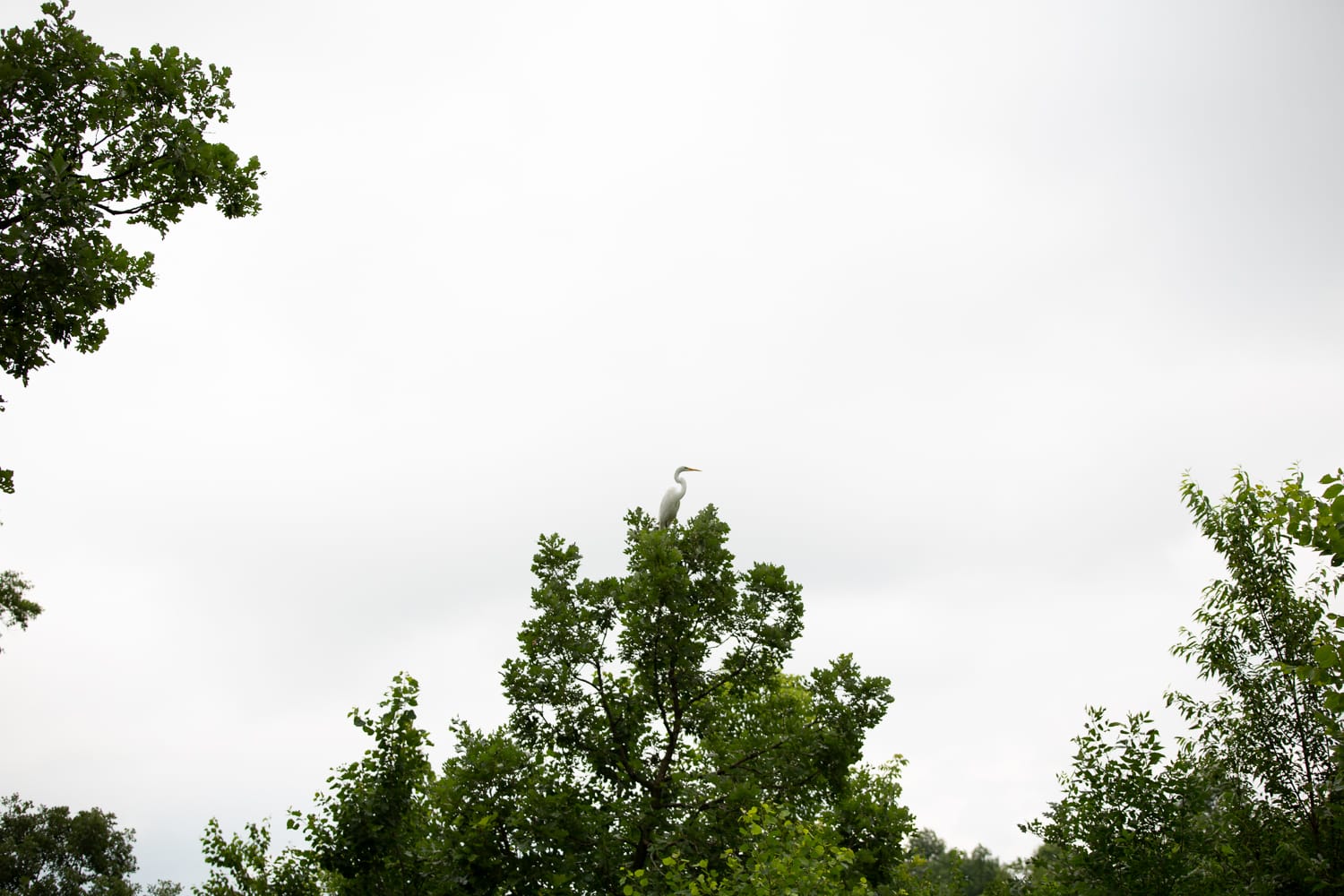
…and now getting a little more personal at 210mm.
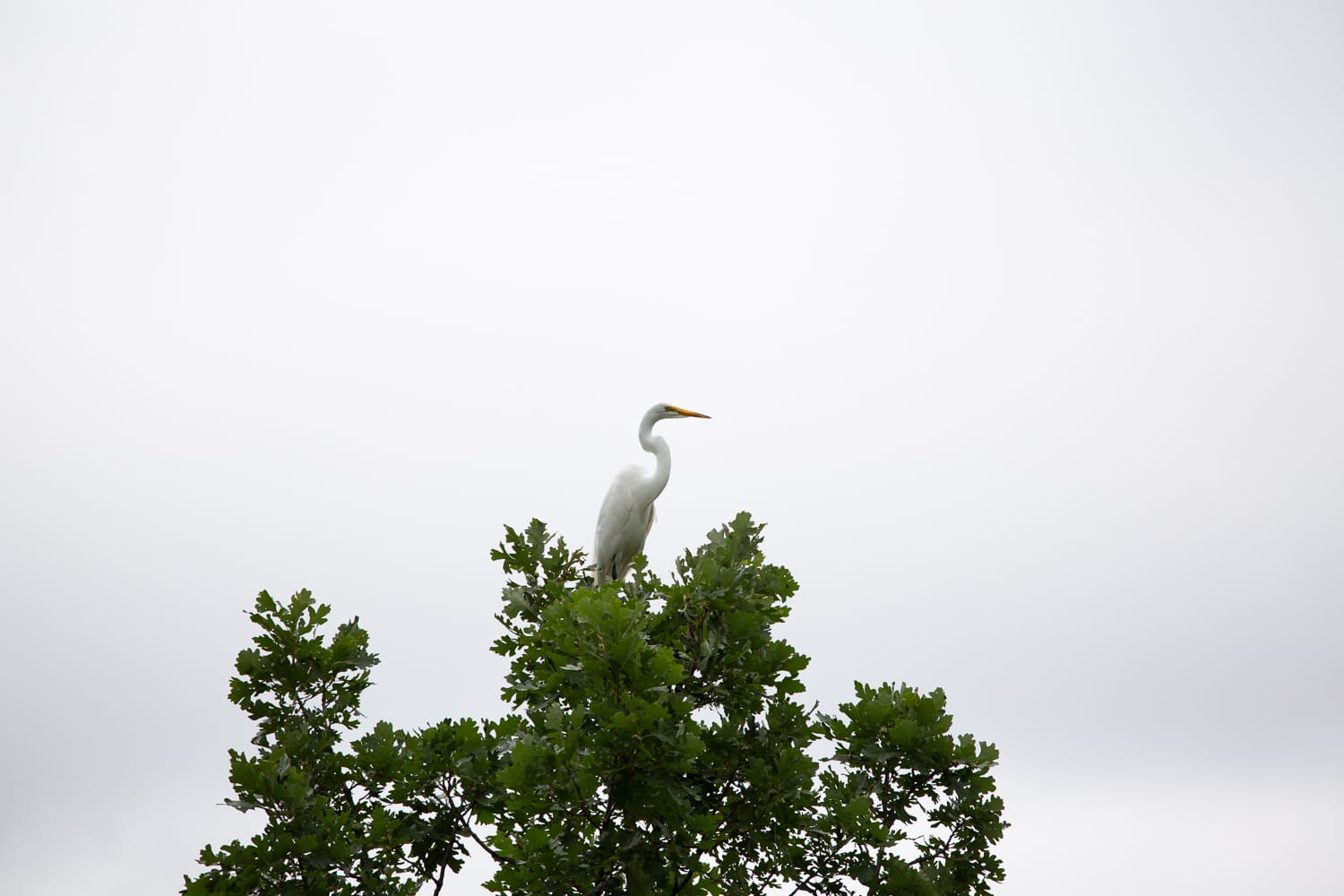
The 70-210mm F4 also sports Tamron’s top-tier weather dealing functionality at the major points for dust and moisture entry: the zoom and focus rings and the lens bayonet. Something I never get tired of is seeing that little rubber gasket. It just makes me feel warm and secure whenever the weather turns a little grim.
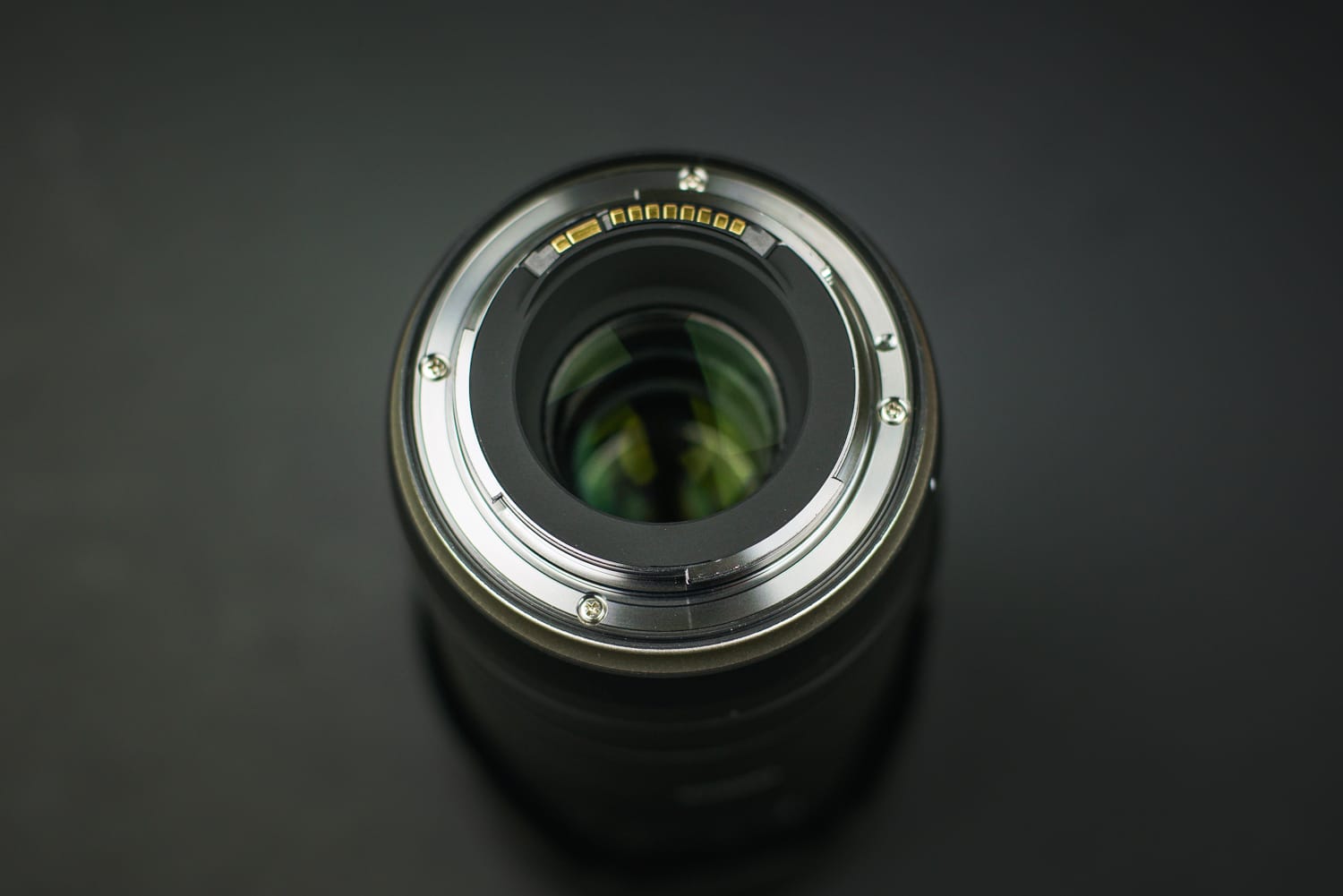

Sharpness and Image Quality
Final image quality is ultimately the prized quality that determines the worth of any lens. No photographer ever said “Hey! My sweet new lens is built like a tank but the sharpness is terrible!” At least I don’t think they have, and if someone has I don’t want to know them. Luckily, the 70-210mm f4 excelled in all areas of image quality to the point I was actually surprised.
Sharpness
The overall sharpness was superb. Center sharpness was excellent and even at F4 I noticed very little to no edge softening. Sharpness in telephoto lenses can be a tricky thing and seeing how this lens has a wide but not super-wide maximum F4 aperture you can rest assured that your images will be optically sharp from corner to corner. Here are a few examples.
First, 210mm at F4, 1/800 ISO 320:

And now 70mm at F4, 1/1250 ISO320:
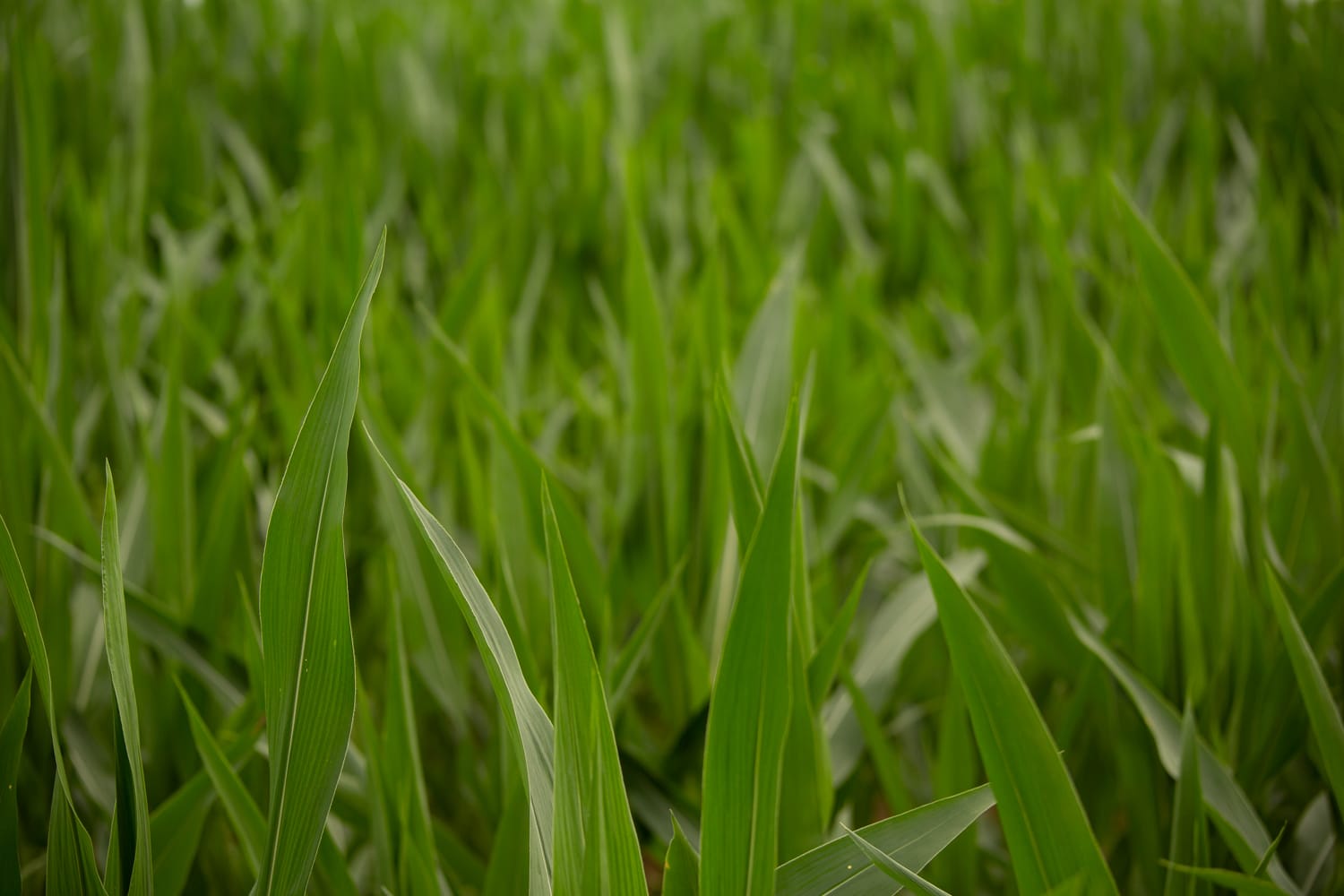
And here’s a 2:1 crop of the corner detail of the previous sample. Notice you can still make out the minute hairs on the edges of the corn stalks even at F4.

Now 210mm at F4, 1/1250 ISO200

Again, here’s a 2:1 crop of the image above. Sharpness is outstanding especially when you consider this (and the rest) image was shot handheld.

Below is a shot at 210mm F4, 1/500 ISO 640
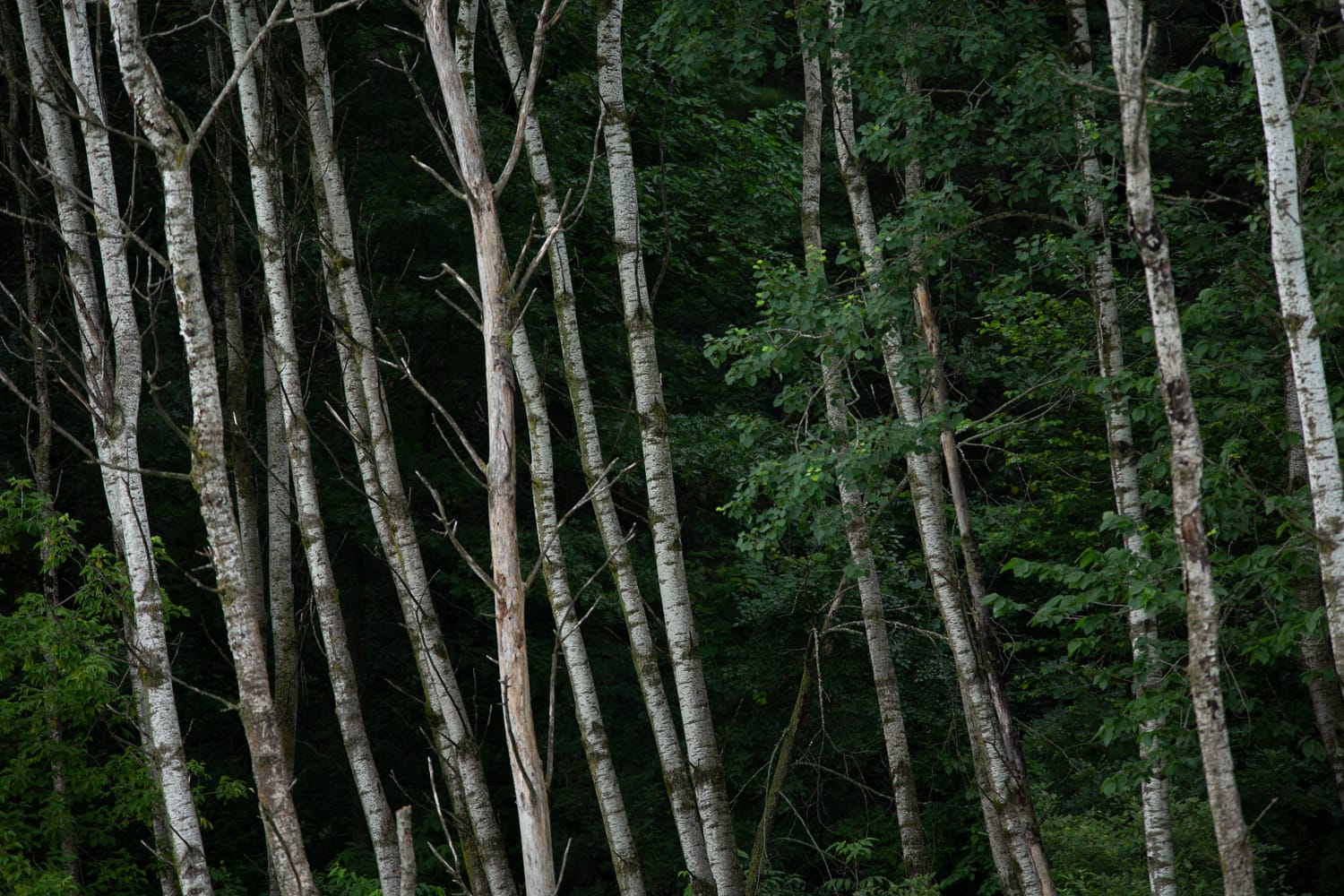
And now 210mm at F6.3, 1/640 ISO 200

Color, Contrast and Bokeh
The 70-210mm F4 has outstanding sharpness but it’s color and contrast is where it truly shines. All the colors are wonderfully saturated with deep, rich tones. The contrast is good even out of camera when shooting RAW.
Here’s a photo at 210mm F4, 1/800 ISO200

Tamron’s 70-210mm has 9 rounded aperture blades which help produce bokeh that is creamy and offers excellent subject isolation. If you shoot portraits (especially in studio) you will love this lens.

Vignetting
A small amount of vignetting was observed when shooting at relatively fast shutter speeds while at F4. This primarily occurred with bright skies. Here’s an example:
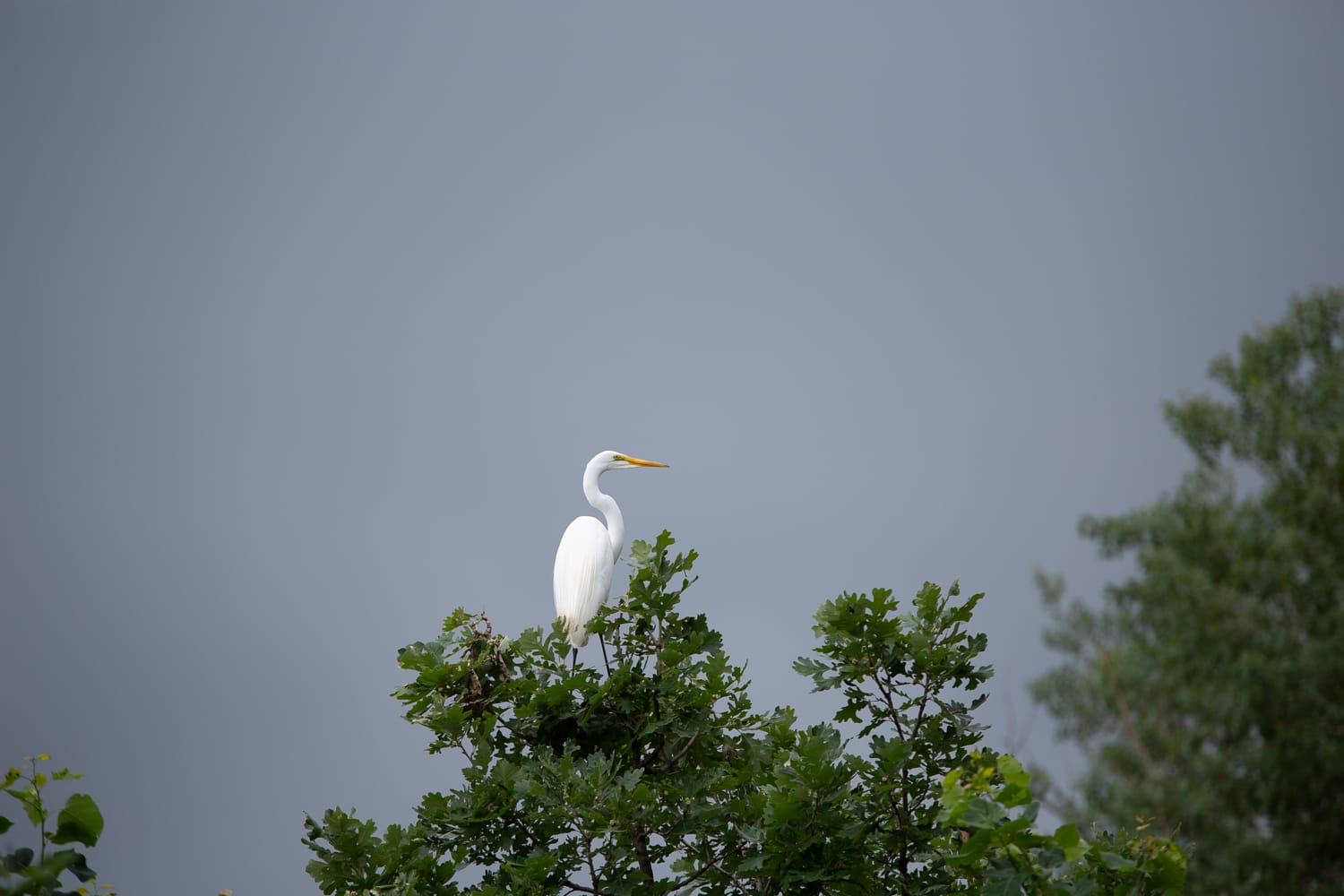
210mm at F4, 1/1250 ISO 200
The vignetting isn’t overly obvious and depending on your subject matter might not even be noticeable at all. In any case, it clears up nicely using the lenses profile in Lightroom.
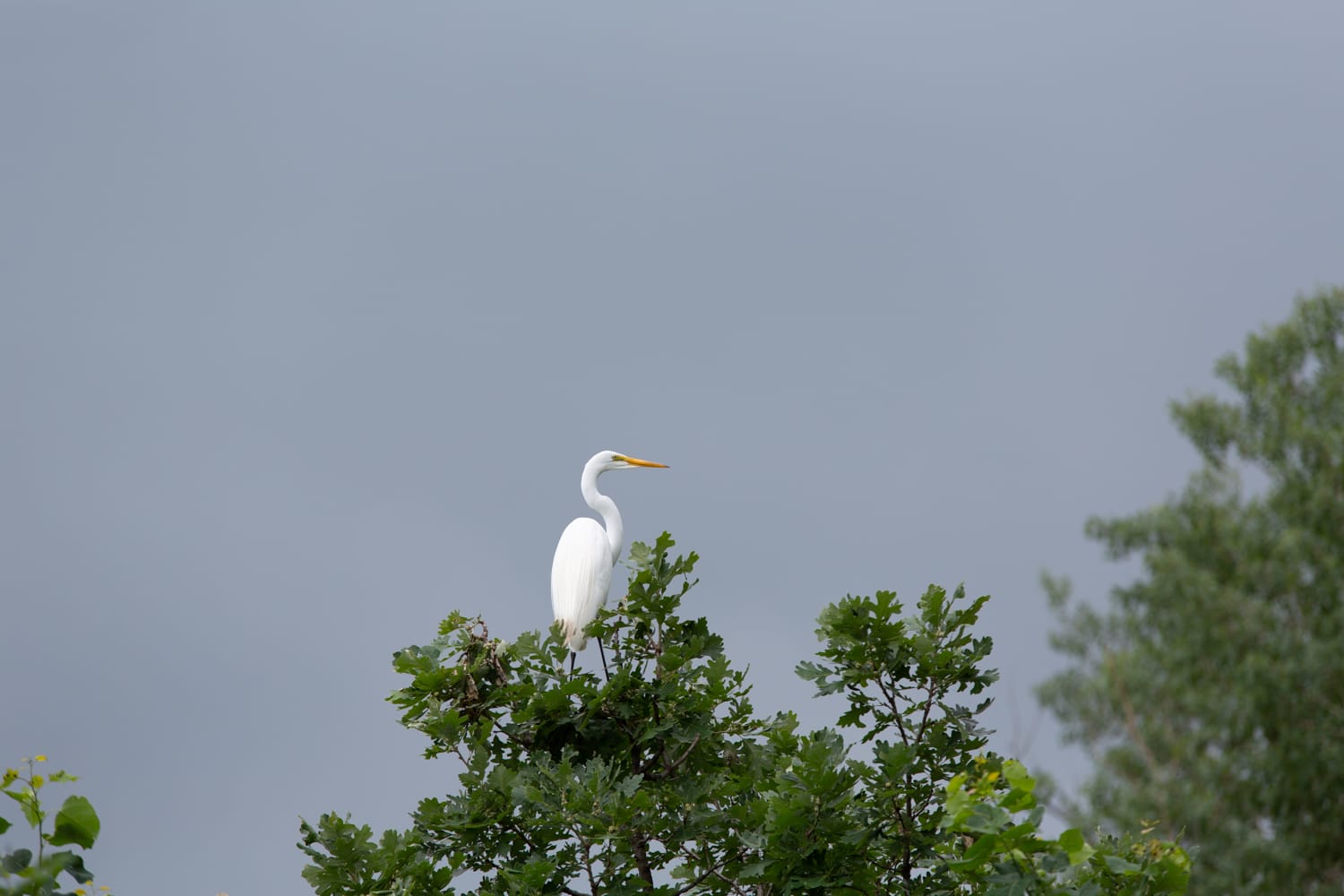
210mm at F4, 1/1250 ISO 200 with lens profile correction
Focusing and Vibration Compensation
Auto focusing speed is completely relative to the individual and how you plan to use your lens. So that being said, digest the following opinion as just that, an opinion. The 70-210mm has an autofocus that is accurate but somewhat sluggish. While not being what I would call slow the AF is not as fast as I would have hoped for a lens of this focal length.
Most users will likely be using this lens for sports, wildlife or other fast moving subjects where a few milliseconds is usually key to missing or nailing a shot. Being as subjective a topic as it is, the speed of the AF is something you will have to inject with a small amount of personal expectation.
Now, Tamron’s image stabilization system which they dub “vibration compensation ” is of a quality is not something that I feel is even up for debate. The Tamron spec sheet states that the VC will compensate up to 4-stops. Generally, when I test the VC of Tamron lenses I tend to hover in that area so really if you’re able to hold you camera relatively still, the motion wouldn’t be much of an issue in most shooting situations. This time, I truly put the VC of the 70-210mm to the test by shooting handheld at an insane .3 seconds at 210mm! Here are the results:

210mm F22, 0.3 ISO200
Gross, right? Next I switched on the VC and look at the major difference.

Still a little blurry but keep in mind I’m holding a 210mm lens for nearly a full second. If I were to have followed my beloved Reciprocity Rule for a lens of this focal length I would have shot no slower than 1/200 of a second! I’ve said it often, Tamron has one of the most efficient image stabilization systems available today.
Final Verdict on the Tamron 70-210mm F4 Di VC USD
I’ve struggled to come up with an accurate summation for the 70-210mm F4. Is it a wonderfully sharp telephoto with superb color and contrast? Yes, is it a compact internal zoom lens with a relatively fast F4 constant aperture? Absolutely. Does it have blazing fast autofocus? No. Would I buy it for myself? In a heartbeat.
The idea of the telephoto lens today is not the same as it was just a few years ago. The Tamron 70-210mm F4 offers performance that used to carry a price tag reaching into the $1,500-$2,000 range. Could my gripes with the AF and slight vignetting be a result of a sort of quality conditioning? It’s very possible.
In any case, I can solidly recommend the 70-210mm F4 to anyone who needs a lightweight and usable telephoto that will never let you down in terms of sharpness and image quality. For the portrait crowd, you will absolutely adore the creamy bokeh and contrast. If you’re an avid outdoor shooter like me then Tamron’s heavy-duty weather sealing will completely spoil you. As long as you have reasonable expectations of a so-called “budget lens” which goes for around $800USD (at the time of writing) you will be absolutely thrilled with the performance of the Tamron 70-210mm F4 Di VC USD.
